Alexander Helwig Wyant

Alexander Helwig Wyant (1836-1892)
As a young man, Alexander Wyant worked in his native Ohio as a harness-maker's apprentice and as an itinerant sign maker. On a trip to Cincinnati in 1857 he saw landscapes by the Hudson River School and was particularly impressed by the works of George Inness. Two years later he traveled to New York to meet Inness and to seek his advice. Through him, Wyant met Nicholas Longworth, an important Cincinnati collector whose financial support allowed him to live in New York for about a year. He returned to Ohio briefly, then settled in New York in 1863.
Wyant's early art training remains a mystery. His first submissions to the National Academy of Design, in 1864, were in the style of the Hudson River School. Probably at Inness's advice, Wyant studied briefly in Karlsruhe, Germany, with Hans Gude, a landscapist who had trained at the Düsseldorf Academy. Perhaps more influential was a trip that year to France, England, and Ireland. In London, Wyant saw works by John Constable and J. M. W. Turner and was inspired to produce a series of Irish landscapes that echoed the British artists’ loose brushstroke and concern for atmosphere.
Wyant returned to New York in 1866 and began exhibiting frequently. He was elected an associate member of the National Academy in 1868 and a full member in 1869. He was also active in the American Watercolor Society and the Society of American Artists. His interest in painterliness coincided with the decline in popularity of the Hudson River School's linear and crisply detailed landscapes, and his style gradually became looser and more atmospheric. After a stroke in 1872 that left his right side partially paralyzed, Wyant trained himself to paint with his left hand. He began to teach a few students, among them Bruce Crane and the watercolorist Arabella Locke, whom he married in 1880. From the mid-1870s Wyant spent the summer in Keene Valley, New York, in the Adirondack Mountains and the winter in his Manhattan studio on Fourth Avenue. In 1889 the Wyants moved to Arkville, New York, in the Catskill Mountains. After a period of increasing pain and debilitation, Wyant died in his studio in 1892.
During his lifetime and for thirty years after his death, Wyant’s reputation as a landscape painter was second only to Inness’s. Both artists are recognized for bridging the gap between the topographically detailed style of the Hudson River landscapists and the later, more intimate and poetic views inspired by the French Barbizon style.
Pat O'Donahue's Farm, Kerry (Pat O'Donahue's Farm), 1870
Oil on canvas
18 1/8 x 30 in.(45.7 x 76.2 cm)
Signed (lower right): A H Wyant 1870
Charles F. Smith Fund (1944.19)
While in Europe in 1865 and 1866, Wyant spent several months traveling and sketching the countryside of Wales and Ireland. He recorded a number of scenes of the rocky landscape in county Kerry--subjects to which he would return for fresh inspiration throughout the next decade. One of these Irish scenes, “Pat O'Donahue's Farm, Kerry”, depicts a barren, craggy landscape in the shadow of a lofty mountain range. At the left is a river; a small rowboat lies beached on its sandy bank. The rocky hillside is dotted with sheep and surmounted by a simple thatched cottage whose smoke beckons the small figure walking up the road to take shelter from the coming storm. Somber blue and green tonalities dominate the painting, which is concerned with evoking the thick atmosphere of the looming storm and its effect on the changing light and atmosphere of the isolated landscape.
The free brushwork and evocative treatment of the landscape in Wyant's Irish scenes marks a new direction in his painting, revealing the influence of Constable and Turner, whose pictures he had recently admired in London. These works represent his experiments with a looser, more painterly style during a time when he was also producing canvases in the more detailed manner of the Hudson River School, such as the panoramic “Tennessee” (1866; Metropolitan Museum of Art). The New Britain canvas shows an uncharacteristic painterliness in depiction of the sky and of the farmhouse and sheep, which virtually blend into the rocky hillside. This evocative use of color contrasts with the carefully delineated topography of the riverbank and boat. Wyant’s overlap of two radically different manners of painting—the detail of the Hudson River School and the more evocative and poetic Tonalist style--has produced some confusion for scholars, including Wyant's student, the landscapist Bruce Crane, who have attempted to date Wyant's canvases from this period.(1)
The composition and overall treatment of “Pat O'Donahue's Farm, Kerry” resembles several other Irish scenes by Wyant, most notably “View in County Kerry” (1870s; Metropolitan Museum of Art, New York) and “Afternoon” (Worcester Art Museum, Mass.). All three vary slightly in their depiction of various elements of the scene and in their degree of detail or painterliness, but seem to based on a common source, possibly “Afternoon”.(2)
Wyant exhibited “Pat O’Donahue’s Farm, Kerry” several times in the 1870s, most notably at the National Academy of Design in 1876. Although landscapes generally received much less critical attention than in previous years, a reviewer for the “New York Times” listed the picture among the "most striking works in the exhibition."(3)
MAS
Bibliography:
Eliot Clark, “Alexander Wyant” (New York: privately printed, 1916); Eliot Clark, “Sixty Paintings by Alexander H. Wyant” (New York: privately printed, 1920); Robert S. Olpin, “Alexander Helwig Wyant”, 1836-1892, exhib. cat. (Salt Lake City: Utah Museum of Fine Arts, University of Utah, 1968); Robert S. Olpin, "Alexander Helwig Wyant (1836-1892), American Landscape Painter: An Investigation of His Life and Fame and a Critical Analysis of His Work with a Catalogue Raisonné of Wyant Paintings," Ph.D. diss., Boston University.



